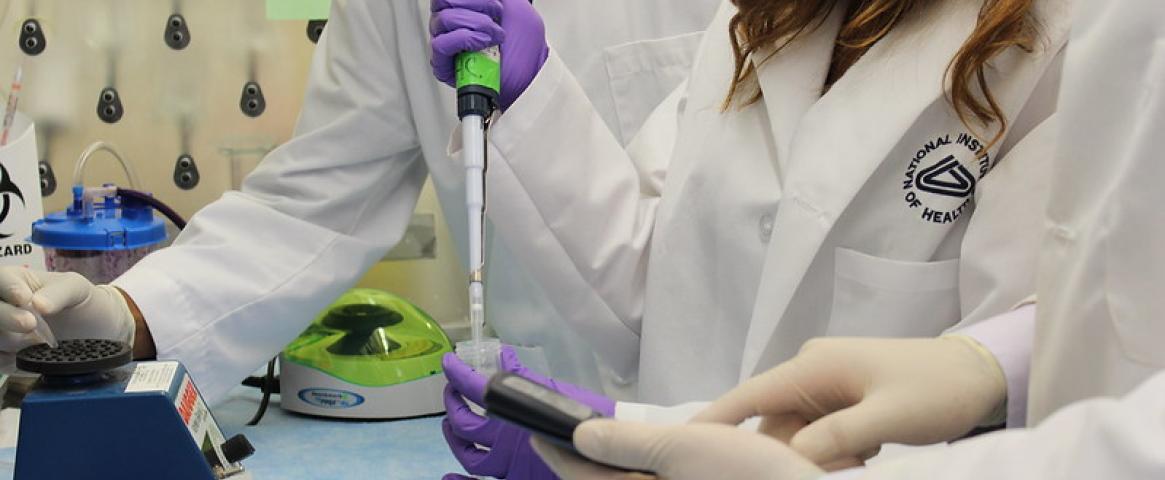This story was published as part of the 2024 Travel Fellowship Program to AAAS organized by the NASW Education Committee, providing science journalism practice and experience for undergraduate and graduate students.
Story by Nora Bradford
Mentored and edited by Michael Price
DENVER — Most efforts to boost diversity, equity, and inclusion in science and technology are aimed at creating more research opportunities for marginalized groups, including gender minorities, people of color, and people with disabilities. While that’s important to building a more balanced, representative scientific workforce, says public policy researcher Isabel Bortagaray, scientists must also ask themselves: Do our research outcomes benefit diverse communities?
Bortagaray, a professor at Uruguay’s Universidad de la República, is part of an initiative that encourages scientists to make sure their work has direct, positive effects on society’s most vulnerable. She described the latest results from a 15-year initiative during a Feb. 16 session of the 2024 American Association for the Advancement of Science (AAAS) annual meeting.
Researchers at the Universidad de la República started the Research and Innovation for Social Inclusion program as a way to motivate scientists to conduct research that carries tangible benefits for society. Scientific advances have the potential to help those who are most vulnerable, Bortagaray noted, but often they actually make problems of inequality worse. In fact, technological innovation is a major driver of increasing inequality in vulnerable communities.
Scientists and engineers can break that trend by explicitly thinking about who benefits from their research, Bortagaray said. But “it doesn’t happen spontaneously,” she added. She and her colleagues wondered whether nudging from policymakers and funding organizations might be the key. To test that idea, over 15 years ago, they organized a competitive research funding program to support research aimed at producing positive outcomes for the most vulnerable communities.
“Building a bridge between scientific capabilities to solve the problems of the more vulnerable requires time, trust, and sustained efforts,” said Bortagaray. “It is key to emphasize the value of this type of initiative both at the policy and scientific levels.”
The team begins by working closely with science policy leaders and scientists to identify specific, pressing problems, then helps connect researchers with people directly affected by those problems. Next, they translate the problems into research questions. Projects then go to a group of academics, policy experts, and social organizations to get evaluated. Since its inception, the program has held seven calls for applications. Scientists in the program have so far finished over 90 projects focusing on everything from housing to health.
In one project, researchers developed low-cost, artificial skin for burn victims. In another, they developed a way for people to easily figure out how much lead is in their houses.
Also speaking at the session were researchers whose projects aimed to identify technologies that could be used for social good and include more women in science
Ruthmae Sears, professor of secondary math education at the University of South Florida, said initiatives like these “could significantly influence my work by illustrating how STEM disciplines can solve complex problems to create equitable outcomes in marginalized and socially disadvantaged communities.”
Bortagaray and colleagues hope to not only continue their program but inspire others to develop similar initiatives linking scientific progress with societal equity. An important part of that is documenting findings and sharing results and best practices with one another, she said. “I’m obsessed with trying to systematize our experiences, because if not, we start from scratch”
Nora Bradford is a 4th year PhD student in cognitive science at the University of California, Irvine. Her work has appeared in Scientific American, Science News, Discover, Quanta Magazine, and other outlets. She was also recently the associate writer for the PBS Tera show Hungry Planet. Follow her on Twitter @noraabradford, check out her website norabradford.com, or email her at noraab@uci.edu.
Edited by: Michael Price
Along with diversifying researchers in science, scientists are aiming to diversify the communities their science serves. Credit: NIH Clinical Center
Founded in 1934 with a mission to fight for the free flow of science news, NASW is an organization of ~ 3,000 professional journalists, authors, editors, producers, public information officers, students and people who write and produce material intended to inform the public about science, health, engineering, and technology. To learn more, visit www.nasw.org.




